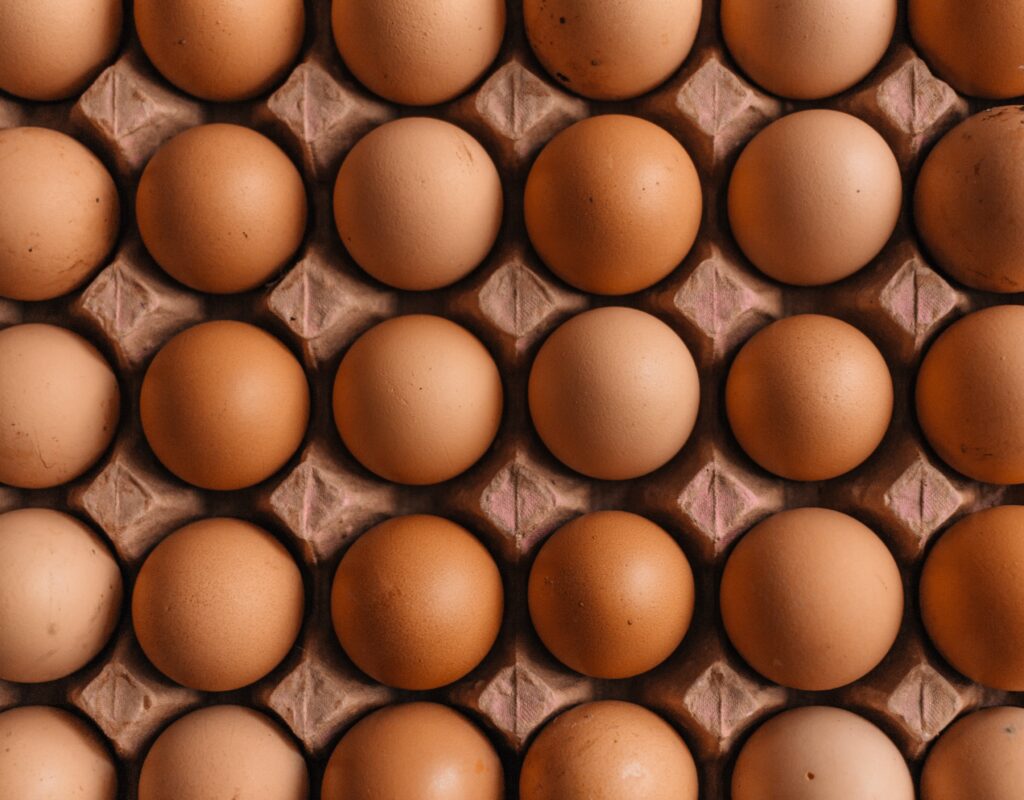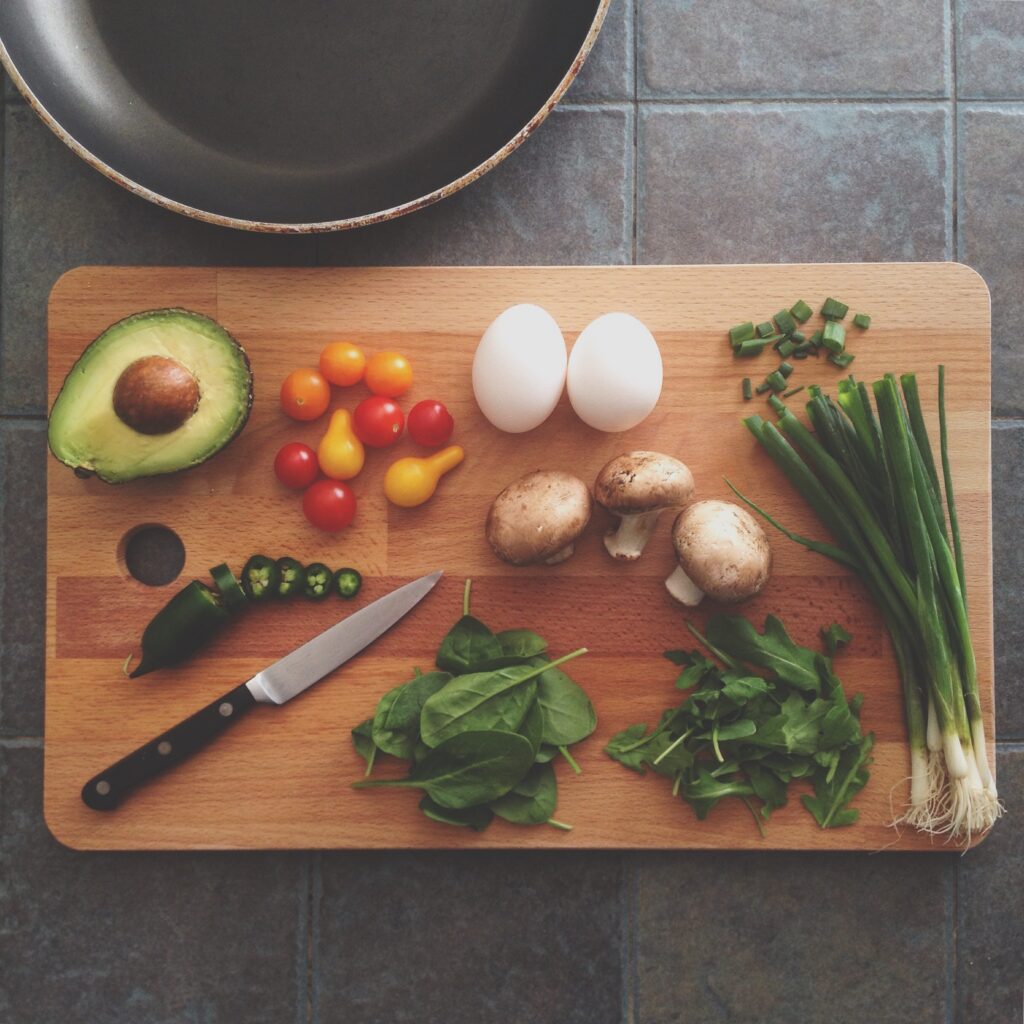
Looking to up your chicken cooking game? Look no further! This article is packed with helpful and practical tips that will turn your poultry dishes from ordinary to extraordinary. Whether you prefer grilling, baking, or frying, these expert tips will ensure that your chicken is juicy, flavorful, and cooked to perfection every single time. From marinating and seasoning to cooking temperatures and timing, this article has got you covered. So get ready to impress your family and friends with your newfound chicken cooking skills!

Marinating the Chicken
Marinating chicken is a wonderful way to infuse it with flavor and make it juicier. But in order to achieve the best results, there are a few things you need to keep in mind.
Choose the Right Marinade
The first step in marinating chicken is choosing the right marinade. There are countless marinade recipes out there, each with its own unique combination of flavors. Whether you prefer a tangy citrus marinade or a savory blend of herbs and spices, the key is to choose a marinade that complements the flavors you want to highlight in your dish.
Allow Enough Time for Marination
Once you have chosen your marinade, it’s important to allow enough time for the chicken to marinate. The general rule of thumb is to marinate chicken for at least 30 minutes, but preferably for a few hours or overnight. This allows the flavors to penetrate the meat and gives you a more flavorful and tender end result.
Tenderizing the Chicken
If you want to take your marinated chicken to the next level, consider tenderizing the meat before marination. One way to do this is by using a meat mallet to gently pound the chicken breasts to an even thickness. This helps break down the muscle fibers and results in a more tender and evenly cooked chicken. Another option is to marinate the chicken with ingredients such as lemon juice or yogurt, which naturally tenderize the meat.
Preparation and Seasoning
Proper preparation and seasoning are essential in ensuring a delicious and well-cooked chicken dish. Here are a few tips to help you achieve the best results.
Trim Excess Fat
Before cooking your chicken, it’s important to trim any excess fat. Not only does this help prevent flare-ups on the grill or excessive grease in your dish, but it also ensures a more even cooking process. Use a sharp knife to trim away any visible fat and discard it.
Brining for Juicier Chicken
Brining is a fantastic technique to ensure moist and flavorful chicken. To brine chicken, simply submerge it in a solution of water, salt, and sugar for a certain period of time before cooking. The salt and sugar in the brine help the chicken retain moisture, resulting in a juicier and more tender end result.
Seasoning the Chicken
Seasoning is an important step in enhancing the flavor of your chicken. Whether you prefer a simple salt and pepper seasoning or a more complex blend of herbs and spices, make sure to generously season the chicken on all sides. You can use your favorite spice rub or create your own unique blend.
Cooking Methods
There are various cooking methods you can choose from when it comes to chicken. Each method imparts a different flavor and texture to the meat. Here are some popular cooking methods for chicken:
Grilling
Grilling chicken is a classic method that results in a smoky and charred flavor. Preheat your grill to medium-high heat and brush the grates with oil. Place the chicken on the grill and cook for about 6-8 minutes per side, or until the internal temperature reaches 165°F (74°C).
Baking
Baking chicken in the oven is a simple and reliable method. Preheat the oven to 400°F (200°C) and place the chicken on a baking sheet. Bake for about 25-30 minutes, or until the internal temperature reaches 165°F (74°C). For extra flavor, you can brush the chicken with a marinade or sauce halfway through cooking.
Roasting
Roasting chicken is similar to baking but typically involves cooking a whole chicken or larger cuts. Preheat the oven to 425°F (220°C) and place the chicken on a roasting pan. Cook for about 20 minutes per pound, or until the internal temperature reaches 165°F (74°C). Basting the chicken with pan juices helps to keep it moist and flavorful.
Pan-frying
Pan-frying chicken is a quick and easy cooking method that results in a crispy and golden exterior. Heat a skillet over medium-high heat and add a small amount of oil or butter. Place the chicken in the skillet, cooking for about 6-8 minutes per side, or until the internal temperature reaches 165°F (74°C).
Deep Frying
Deep frying chicken creates a deliciously crispy and indulgent dish. Fill a deep pot with oil and heat it to 350°F (175°C). Carefully place the chicken in the hot oil and cook for about 10-12 minutes, or until the internal temperature reaches 165°F (74°C). Make sure to drain the chicken on a paper towel to remove excess oil.
Broiling
Broiling chicken is a great option if you want a quick and flavorful result. Preheat the broiler and place the chicken on a broiler pan or baking sheet. Broil for about 4-5 minutes per side, or until the internal temperature reaches 165°F (74°C). Keep a close eye on the chicken as it can quickly go from perfectly cooked to burnt under the broiler.
Internal Temperature Guidelines
Cooking chicken to the correct internal temperature is crucial to ensure it is safe to eat. Here are some guidelines to follow:
Using a Meat Thermometer
Investing in a meat thermometer is a wise decision when it comes to cooking chicken. Insert the thermometer into the thickest part of the chicken, avoiding bone and fat. The internal temperature should reach 165°F (74°C) for fully cooked chicken.
Minimum Safe Internal Temperature
It’s important to note that the minimum safe internal temperature for chicken is 165°F (74°C). At this temperature, any harmful bacteria present in the chicken will be killed, ensuring it is safe to consume. Always double-check the temperature with a meat thermometer to be certain.

Avoiding Cross-Contamination
When handling raw chicken, it’s important to take precautions to avoid cross-contamination and ensure food safety.
Handling Raw Chicken Safely
When handling raw chicken, always wash your hands thoroughly before and after touching it. Use separate cutting boards and utensils for raw chicken to prevent the spread of bacteria. Avoid touching other foods or surfaces with hands or utensils that have come into contact with raw chicken.
Separating Cutting Boards and Utensils
To prevent cross-contamination, it’s crucial to use separate cutting boards and utensils for raw chicken. This means having designated cutting boards and utensils solely for chicken, to avoid any potential contamination with other foods. It’s a simple but effective step in ensuring food safety.
Resting and Carving
Properly resting and carving your cooked chicken is important to preserve its juiciness and ensure it is tender.
Allowing Chicken to Rest
After cooking your chicken, it’s important to allow it to rest before carving. This allows the juices to redistribute throughout the meat, resulting in a more flavorful and moist chicken. Let the chicken rest for about 5-10 minutes before carving.
Proper Carving Techniques
To carve your chicken, start by removing the legs and wings. Then, slice the breast meat against the grain, which helps to make it more tender. Use a sharp knife to make clean cuts and serve the chicken immediately.

Storage Tips
Proper storage is essential to maintain the quality and safety of your chicken.
Refrigerating Raw Chicken
If you need to store raw chicken in the refrigerator, make sure to keep it in a sealed container or wrapped tightly in plastic wrap. Place it on the lowest shelf to prevent any potential cross-contamination with other foods. Consume within 1-2 days.
Freezing Cooked Chicken
If you have leftover cooked chicken, you can freeze it for future use. Allow it to cool completely before placing it in airtight containers or freezer bags. Label the containers with the date and store them in the freezer for up to 3 months. Thaw frozen cooked chicken in the refrigerator overnight before using.
Leftover Chicken Ideas
Leftover chicken can be transformed into delicious and versatile meals. Here are a few ideas to inspire you:
Chicken Salad
Dice the leftover chicken and combine it with your favorite salad greens, vegetables, and dressing for a refreshing and healthy chicken salad. You can also add some nuts, fruits, or cheeses for added flavor and texture.
Chicken Wraps or Tacos
Shred the leftover chicken and use it as a filling for wraps or tacos. Add some fresh vegetables, salsa, and a squeeze of lime for a quick and tasty meal.
Chicken Soup
Simmer the leftover chicken with vegetables, broth, and herbs to make a comforting and flavorful chicken soup. You can add rice, pasta, or noodles for added heartiness.
Achieving Crispy Skin
Crispy chicken skin is a culinary delight. Here are a couple of tips to help you achieve that perfect crispy skin:
Patting Dry the Chicken
Before cooking, make sure to pat the chicken dry with paper towels. This helps remove any excess moisture from the skin, resulting in a crispier texture when cooked.
Air Drying in the Refrigerator
For extra crispy skin, you can air dry the chicken in the refrigerator for a few hours or overnight. Place the chicken on a wire rack set over a baking sheet and refrigerate uncovered. This allows the skin to dry out, resulting in a crispier and more flavorful end result.
Using Leftover Chicken Bones
Don’t let those leftover chicken bones go to waste. Instead, use them to make delicious homemade chicken stock or bone broth.
Making Chicken Stock
Place the chicken bones in a large pot, along with some vegetables like onions, carrots, celery, and herbs. Cover with water and simmer for several hours. Strain the stock and use it as a flavorful base for soups, stews, and sauces.
Homemade Chicken Bone Broth
To make bone broth, follow the same process as chicken stock but simmer the bones for an extended period of time, typically 24-48 hours. This slow simmer extracts all the nutrients and minerals from the bones, resulting in a rich and nourishing broth.
By following these comprehensive tips and techniques, you can elevate your chicken cooking skills and create delicious and flavorful chicken dishes every time. Enjoy experimenting with different marinades, seasonings, and cooking methods to find your favorite ways to prepare this versatile protein. Happy cooking!
Generated with Pin Generator


